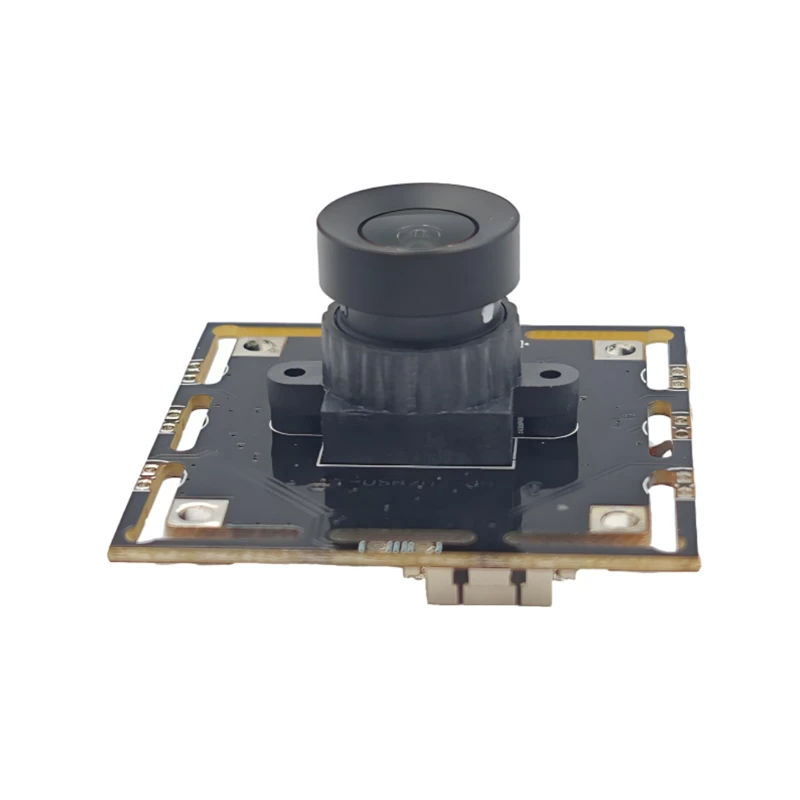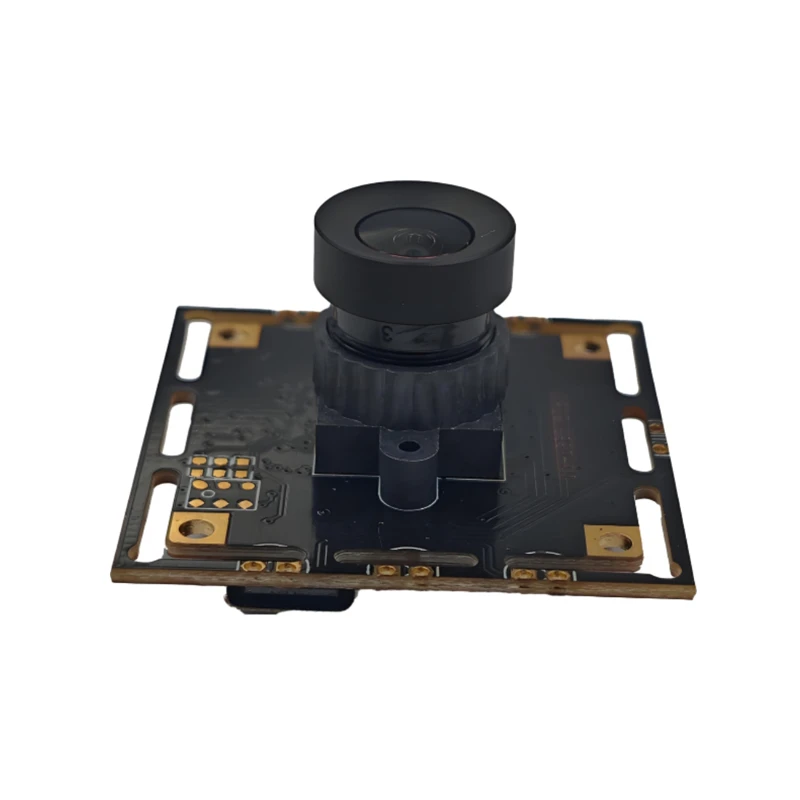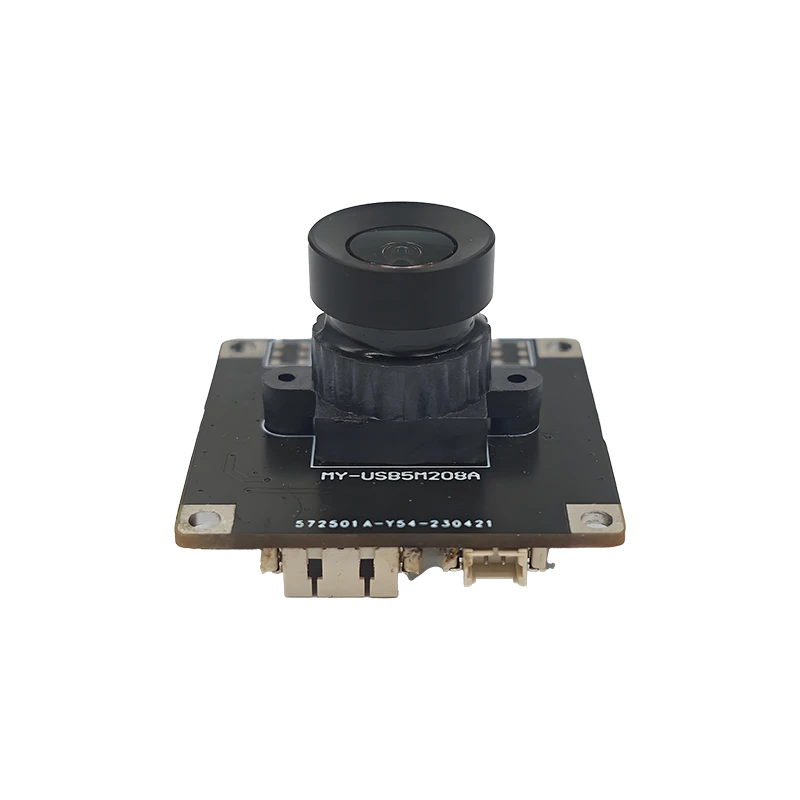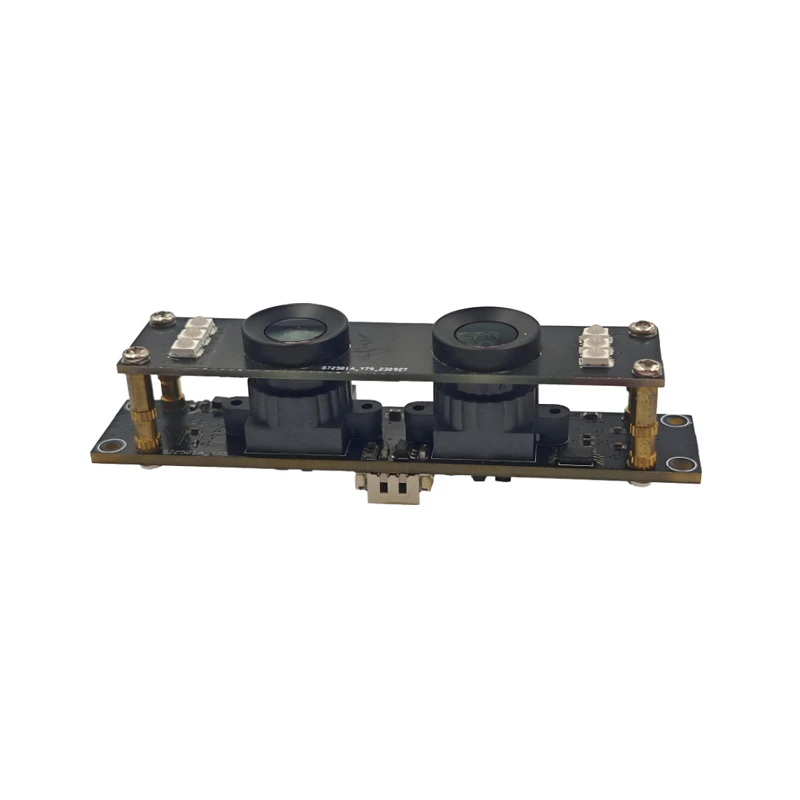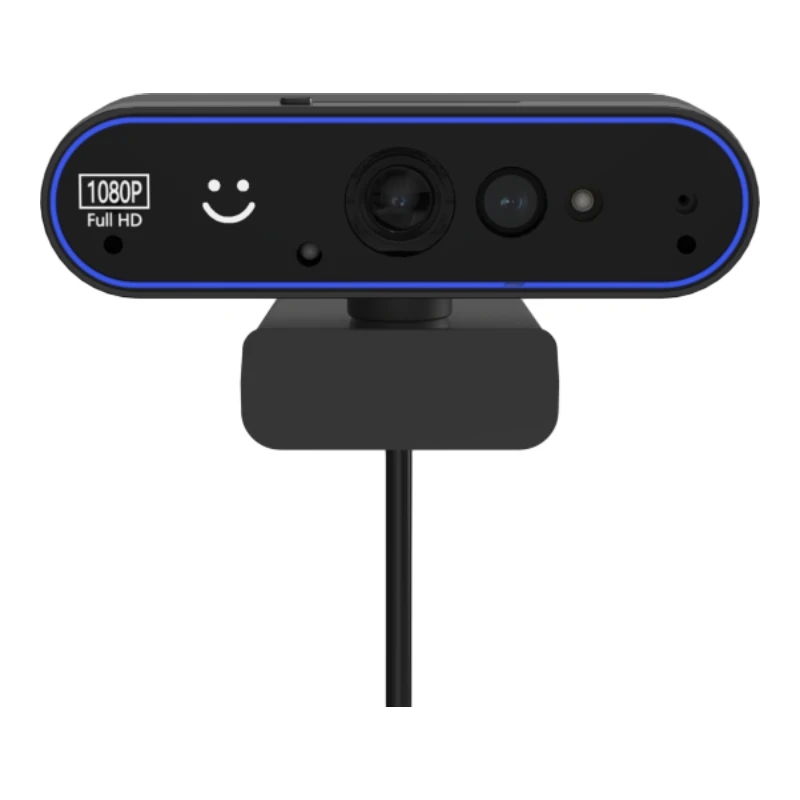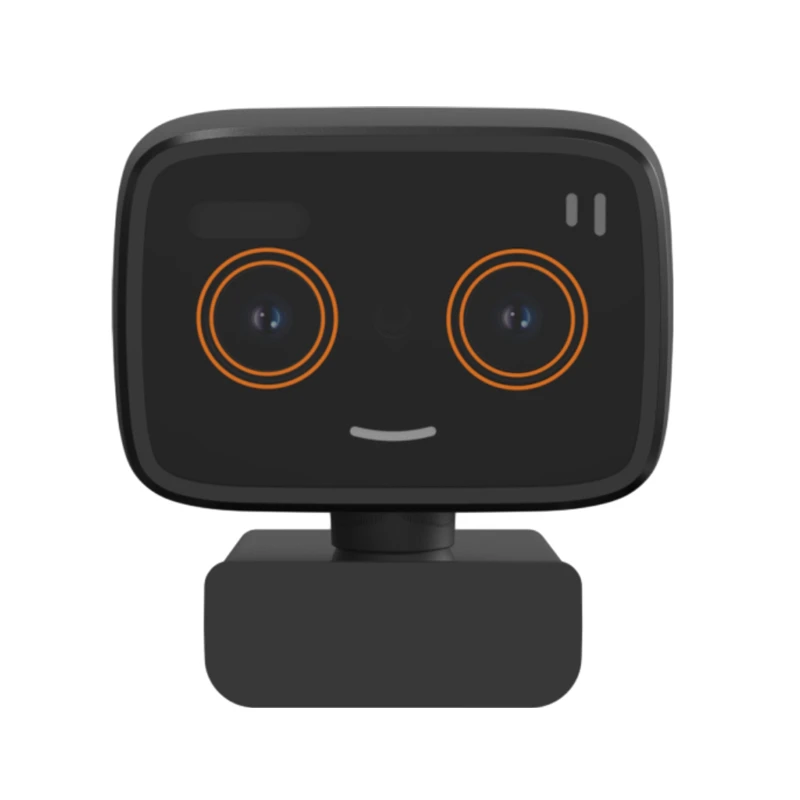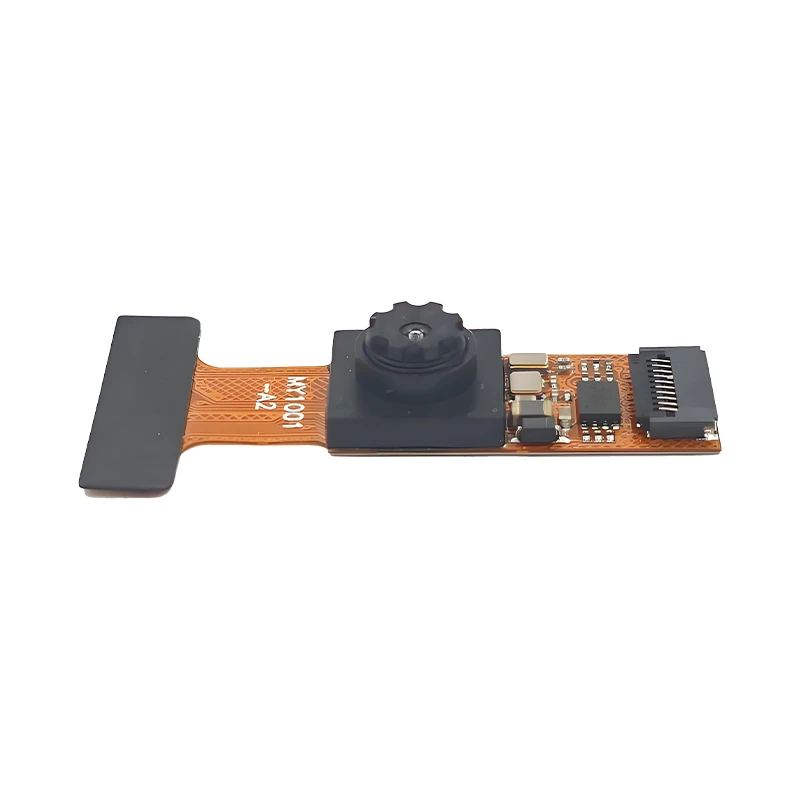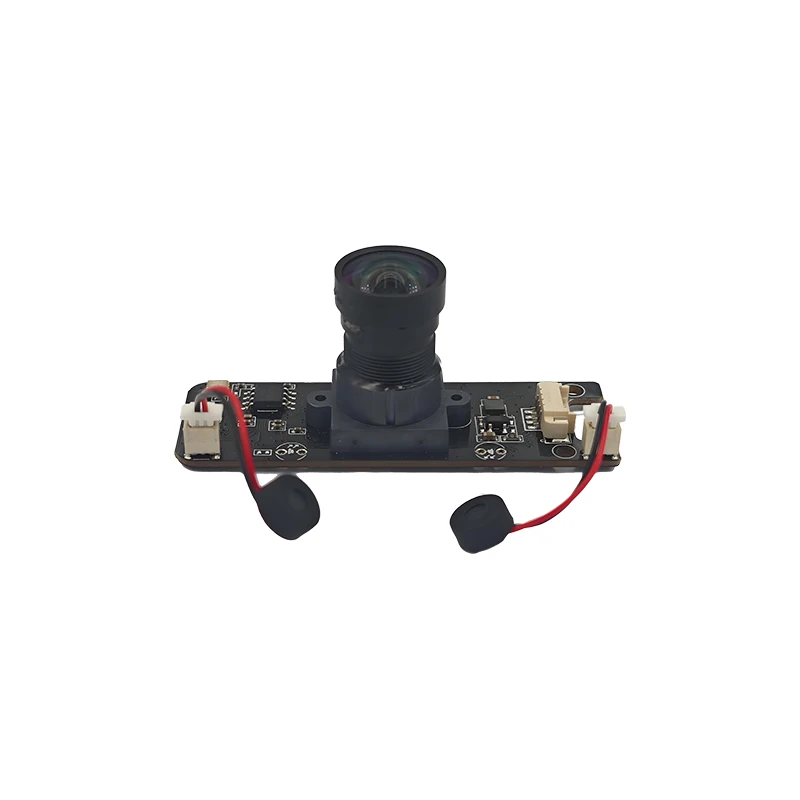Jul . 05, 2025 09:19 Back to list
Best Video Conferencing Camera with Microphone – Clear Audio & HD Video for Seamless Meetings
- Introduction to video conferencing camera with microphone
technology and its evolution - Key technical advantages of integrated camera and microphone solutions
- Comparative analysis of top manufacturers in the industry
- Importance of customization and tailored conferencing solutions
- Practical application cases across various industries
- Statistical data highlighting market impact and future trends
- Conclusion: The strategic value of a video conferencing camera with microphone for modern businesses
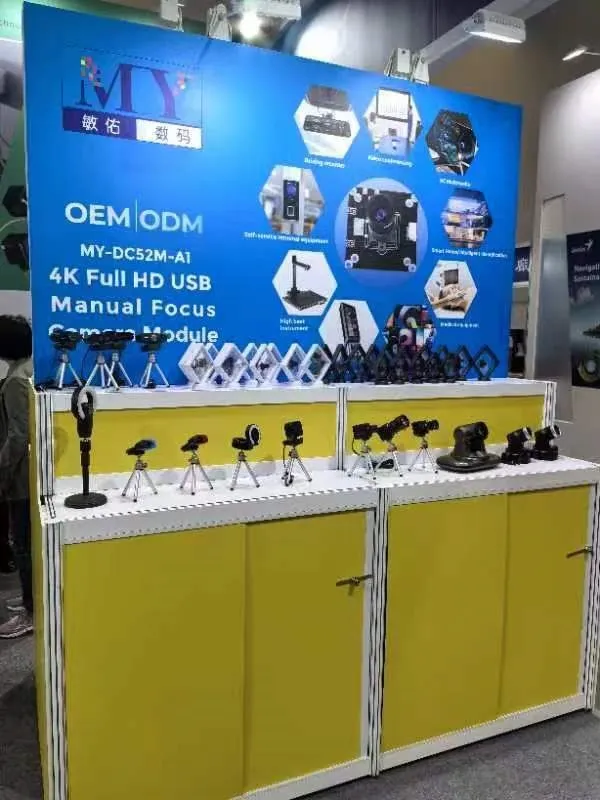
(video conferencing camera with microphone)
Redefining Communication: The Rise of the Video Conferencing Camera with Microphone
Over the past decade, the adoption of video conferencing technology has reshaped how organizations collaborate and connect. As workplaces become increasingly global and hybrid, the need for seamless, high-quality audio-visual communication has surged. Early solutions often required separate components, including external microphones and standalone cameras, leading to compatibility challenges and cluttered setups. The emergence of the integrated video conferencing camera with microphone addresses these pain points directly. According to a 2023 Statista report, over 89% of companies moving to hybrid models have adopted integrated AV systems to facilitate efficient virtual meetings. This integration not only simplifies installation and maintenance but also ensures synchronized audio and video capture, which is crucial for natural conversations and productive interactions. As enterprises continue to invest in refining their digital collaboration spaces, understanding the evolution and technology behind unified camera and microphone solutions becomes imperative.
Technical Advantages of Unified Video Conferencing Solutions
Integrated video conferencing cameras and microphones are engineered to deliver superior user experiences compared to their standalone counterparts. Firstly, these units feature advanced signal processing chips capable of real-time echo cancellation, noise suppression, and automatic gain control. This ensures that voice clarity is maintained even in open or acoustically challenging spaces. Modern devices utilize high-definition sensors, with 4K resolution becoming increasingly standard for sharp, life-like image transmission. Directional array microphones enable precise voice pickup within specific zones, minimizing background distractions.
Another technical advantage is the seamless software interoperability offered by leading vendors; almost all major solutions support plug-and-play compatibility with platforms like Zoom, Microsoft Teams, and Google Meet. Additionally, the prevalence of AI-enhanced functions—such as facial recognition for auto-framing, dynamic speaker tracking, and intelligent background blurring—empowers both presenters and participants. All-in-one systems also typically offer comprehensive remote management via cloud dashboards, reducing the IT burden for enterprise deployments. These features are backed by rapid advancements: Gartner estimates a 35% annual improvement rate in microphone array processing accuracy and a 29% increase in video compression efficiency for such devices since 2020.
Leading Brands: Comparative Analysis
Choosing the right video conferencing camera and microphone involves evaluating multiple factors related to performance, deployment flexibility, and cost. Below is a comparative table showcasing technical specifications of four market leaders:
| Brand / Model | Camera Resolution | Microphone Pickup Range | Noise Cancellation | AI Features | Integration | Price (USD) |
|---|---|---|---|---|---|---|
| Logitech Rally Bar | 4K Ultra HD | Up to 5.5m (18ft) | Adaptive AI-based DSP | Speaker Tracking, Auto-Framing | Zoom, Teams, Google Meet | $3,999 |
| Poly Studio X50 | 4K Ultra HD | Up to 8m (25ft) | Multi-mic Array, Acoustic Fence | NoiseBlockAI, Group Framing | Zoom, Teams, SIP/H.323 | $4,499 |
| Yealink UVC86 | 4K Dual-Camera | Up to 6m (20ft) | Beamforming Technology | Auto Framing, Speaker Tracking | Zoom, Teams | $2,899 |
| Jabra PanaCast 50 | 4K Panoramic | Up to 8m (26ft) | 8-Mic Array, Intelligent Filtering | Virtual Director, Room Insights | Zoom, Teams | $1,199 |
Each of these models emphasizes unique technical and user experience benefits, making them suitable for varying scales of application, from small meeting pods to large conference rooms. Notably, Jabra PanaCast 50 stands out for its affordability and panoramic field of view, while Poly Studio X50 excels in extended audio pickup and robust AI capabilities.
Customization: Tailored Solutions for Every Workspace
Organizations today understand that one-size-fits-all rarely delivers optimal conferencing results. Enterprises can customize their video conferencing camera and microphone deployments to accommodate diverse interaction needs. For example, open co-working areas might require devices with omnidirectional microphones and movable cameras, whereas executive boardrooms benefit from long-range beamforming and discreet mounting options. Integration with touch panels, centralized AV controllers, and custom APIs further extends functionality, allowing for scene transitions, light/curtain controls, and more, all managed seamlessly from within the conferencing interface.
Additionally, firmware updates over the air (OTA) provide organizations with the flexibility to incorporate emerging AI enhancements and security patches without disrupting operations. Manufacturers often support modular expansions, such as satellite microphones or auxiliary cameras, to future-proof investment. These tailored approaches ensure that both the current and evolving communication needs of organizations are met efficiently, bolstering productivity and user satisfaction.
Practical Applications: Real-World Successes
Integrated conferencing technology has fostered innovation and efficiency across a variety of industries. In healthcare, hospitals are leveraging high-definition tv with camera and microphone for video conferencing to conduct remote consultations and facilitate collaboration between interdisciplinary teams, often reducing patient response times by 40%. In education, universities have equipped lecture halls with panoramic 4K conference cameras and distributed microphone arrays, enabling seamless hybrid learning for students in over 60 countries. Financial organizations benefit from secure, tamper-proof AV integrations supporting encrypted video and audio streams that comply with international data protection standards.
Manufacturing companies are deploying ruggedized solutions in industrial environments, enabling expert troubleshooting and live production monitoring from remote headquarters. In government, agencies use these devices for real-time crisis management and confidential policy discussions, improving decision-making speed by up to 35%. Across all sectors, the result is greater accessibility, enhanced collaboration, and markedly reduced travel-related carbon emissions—a net positive for both organizations and the environment.
Market Data: Trends and Growth Potential
The video conferencing equipment market has witnessed exponential growth, catalyzed by the sweeping rise of remote and hybrid environments post-2020. According to MarketsandMarkets, the sector is projected to grow from USD 6.7 billion in 2023 to USD 12.8 billion by 2027, representing a CAGR of 17.8%. Within this space, integrated camera and microphone devices are outpacing legacy discrete systems, currently commanding 64% of new meeting room deployments. Surveys of Fortune 1000 IT managers reveal that 79% prioritize all-in-one conference cameras and microphones for new installations, primarily for their ease of use, rapid deployment under 40 minutes, and reduction of support tickets by 56% on average.
Beyond the enterprise, adoption in K-12 and higher education settings has jumped by 52% year-over-year, and the healthcare segment contributed approximately $430 million to global revenues in 2023. Furthermore, businesses report average ROI cycles of just 14 months, boosted by cost savings on travel, facilities, and improved workflow efficiencies. As device intelligence and cloud management become ubiquitous, the coming years are expected to see not only further functional sophistication but also broader sector penetration.
Conclusion: Strategic Value of Video Conferencing Camera with Microphone Integration
In conclusion, the modern video conferencing camera with microphone ecosystem delivers unparalleled value to organizations seeking to streamline collaboration, drive operational efficiency, and maximize engagement across geographically dispersed teams. By consolidating advanced imaging and voice capture into unified platforms, businesses eliminate technical headaches while empowering dynamic interactions and inclusive communication. Competitive offerings from leading brands, supported by robust data on productivity and ROI, make the transition toward integrated systems both logical and beneficial. As customizable solutions and real-world success stories continue to validate the ROI, investment in such technology stands as a cornerstone for future-ready, resilient enterprises. Organizations that prioritize integrated AV innovation today are poised to lead tomorrow’s evolving digital workplace.
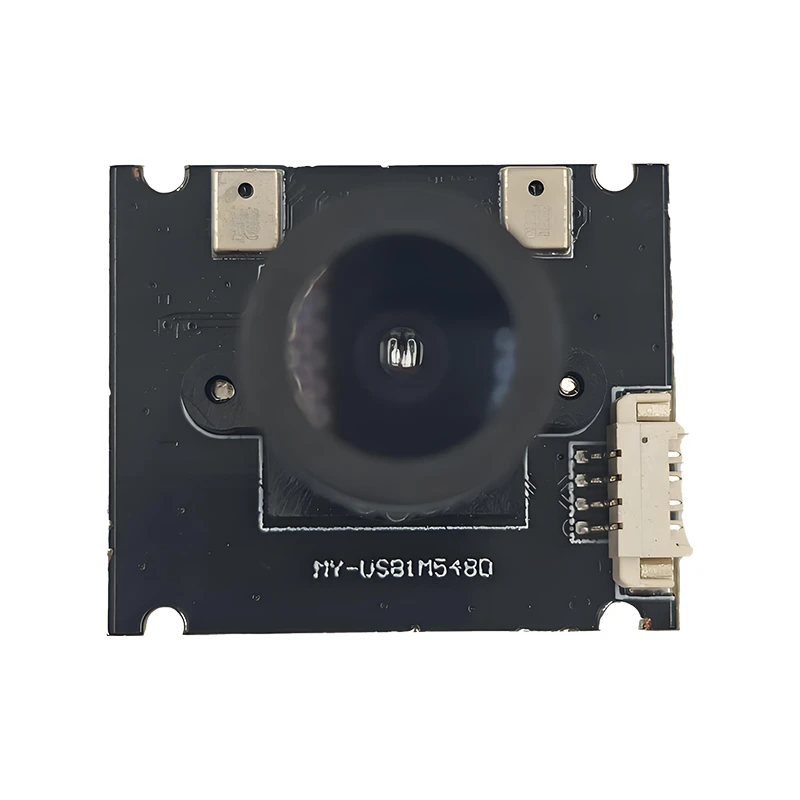
(video conferencing camera with microphone)
FAQS on video conferencing camera with microphone
Q: What is a video conferencing camera with microphone?
A: A video conferencing camera with microphone is an all-in-one device that captures both video and audio for virtual meetings. It is designed for seamless integration with conferencing platforms. This ensures clear visuals and sound for remote communication.Q: Can I use a video conferencing camera and microphone with any computer?
A: Yes, most video conferencing cameras and microphones connect via USB and are compatible with Windows and Mac systems. Simply plug and play for instant use. Some may require additional drivers or software.Q: Do TVs come with a camera and microphone for video conferencing?
A: Some smart TVs offer built-in cameras and microphones, or allow you to add external ones. This enables direct video conferencing from your TV. Check your TV's specifications to confirm compatibility.Q: How do I improve audio quality during video conferences?
A: Use a dedicated video conferencing camera with microphone for clearer sound compared to built-in laptop or TV mics. Position the device close to the speaking area. Consider noise-canceling features for the best results.Q: Are video conferencing cameras with microphones easy to set up?
A: Most models are plug-and-play and require minimal configuration. Simply connect the device to your computer or TV and select it in your conferencing app. User guides often provide step-by-step setup instructions.-
2025 Computex Taipei show (Date: 23rd.May, 2025)), our booth no.: I0602
NewsMay.23,2025
-
2025 Computex Taipei show (Date: 22nd.May, 2025)), our booth no.: I0602
NewsMay.22,2025
-
2025 Computex Taipei show (Date: 21st.May, 2025)), our booth no.: I0602
NewsMay.21,2025
-
2025 Computex Taipei show we are attending on May.20th-May23rd
NewsMay.20,2025
-
Shenzhen Minyou Digital Technology Co.,Ltd Japan branch office was set up in this month (May of 2025)
NewsMay.14,2025
-
Computex Taipei show we attended in Jun of 2024
NewsJul.20,2024



